
Photo: junko

Photo: junko
This page is more than one year old.
The term "apparition" originates from the Latin word "apparitio," meaning an appearance or becoming visible. In the realm of the paranormal, an apparition, in the simplest terms, is the manifestation of the spirit of a dead person or a ghostly figure.
The concept of apparitions has been a subject of fascination and speculation for centuries. Today, a sighting is often said to be the holy grail of paranormal investigation, but what actually is an apparition?
Let's go right back to basics and explore the beliefs, misconceptions, paranormal theories, and logical contradictions that relate to this fundamental paranormal phenomenon.
Cultural Impact On Perception Of Apparitions
The categorisation of apparitions has changed significantly over the past century. In the late 1800s, apparitions of living people, known as phantasms of the living, were frequently reported. These were typically visions of friends or family members who were alive but often in a state of distress or near death. The prevailing belief was that these apparitions were not spirits but possibly a form of telepathic phenomenon, where intense emotional or physical states could project an image of the person to someone far away.
Over time, reports of phantasms of the living have declined significantly, with modern paranormal research focusing more on ghosts of the dead. This shift in the categorisation of apparitions appears to be shaped significantly by cultural influences, which play a pivotal role in framing our understanding of paranormal phenomena. The decline in reports of phantasms of the living is likely due to cultural conditioning rather than a change in the nature of apparitions.
Also in decline are sightings of distinct or identifiable apparitions. Today, these are extremely rare, even for paranormal investigators actively seeking them out and for those living in an allegedly haunted location who might only witness an apparition once during their time there. An encounter with a ghost seems to depend on being in the right place at the right time, possibly linked to specific dates and conditions.
Throughout history, apparitions have been described in various ways, influenced by cultural, religious, and personal beliefs, but at their core, they are sightings of figures, often human-like, in environments where no physical person is present. Historically, these sightings were described in vivid detail, including facial features and period-specific clothing, suggesting a connection to a specific era in history.
However, modern sightings more commonly involve less distinct phenomena, such as shadow figures or a dark mass. This could be due to the ever-increasing demand for tangible evidence in paranormal investigations. This skepticism has possibly contributed to the decline in reports of full-bodied apparitions, as more recent witnesses and investigators may be more inclined to seek rational explanations for their experiences.
Another factor contributing to the evolution of ghost stories is the human tendency to embellish and adapt narratives over time. Stories that might have begun as vague accounts of unexplained phenomena can transform into more dramatic tales of full-bodied ghosts through repeated retelling. This process of narrative embellishment could also explain why historical accounts of experiences seem to include more complete descriptions of apparitions.
Reports of ghostly apparitions frequently included sightings of figures from relatively recent history, specifically from the 11th century to the present. This includes an array of distinct characters like soldiers from the English Civil War and the World Wars, individuals in Victorian attire, and victims of tragedies.
But why is there such a specific historical range in these sightings? Could it be that the energy or essence that forms a ghost has a 'shelf life', explaining why we don't see apparitions from ancient or prehistoric times, such as early hominids?
One theory suggests that a certain level of human consciousness, intelligence, or emotional development might be necessary for the creation of ghosts. This could explain the prevalence of apparitions from more recent periods in history. However, this theory is challenged by sightings of animal ghosts, such as dogs, cats, and even horses, on battlefields. The existence of these animal apparitions suggests that other forms of life, not just humans with their complex consciousness, can manifest as apparitions.
Adding another layer of complexity are the reports of apparitions of inanimate objects like phantom carriages, ghost ships, and even spectral steam locomotives. If the reports of these phenomena are to be believed, then this suggests that consciousness or sentience might not be the sole factor in determining what manifests as an apparition. It might also help to answer the question: How can ghosts appear wearing clothes?
It is quite common in ghost sightings to hear reports of spirits adorned in clothing. From the grey, white, and green ladies, named after the colours of their dresses, to monks in long robes and soldiers in battlefield uniforms, these apparitions frequently appear in attire that reflects their era. Notable examples include the ghost of Lady Mary Berkeley at Chillingham Castle, known for the rustling sound of her grey dress, and the Red Lady of St. James's Park, often described in a red dress or cloak. Similarly, the ghost of Suki in the Hellfire Caves is said to wander in a Victorian wedding dress.
Stone Tape Theory

Photo: pixabay.com
The stone tape theory, also known as place memory, offers a possible explanation for the manifestation of non-human and inanimate apparitions. This prominent concept in paranormal research suggests that psychic or human emotional energy can be recorded in the materials of a location, such as stone or wood. These "recordings" are said to be more likely to form during intense or traumatic events.
They can later spontaneously replay under certain conditions, creating the phenomenon known as residual hauntings, which are characterised by the replay of past events. These replays can include not only the image of the person but also their thoughts, feelings, and, crucially, their clothing. It suggests that the clothing is part of the psychic imprint left behind, captured at the moment of high emotional intensity. Unlike intelligent hauntings, where the apparition might engage with the living, residual hauntings unfold as they did in the past, but there's no interaction with the observer or awareness of the present environment.
The term "stone tape" suggests a similarity to recording technology that can encode information into electromagnetic waves, but the idea that human memories could naturally convert into such waves and be stored in inanimate objects like brick or stone lacks a scientific basis. Traditional magnetic recording, such as on a tape, relies on a linear progression of data over time. Stone, being a solid mass, lacks this property. If a building could record events, the playback would lack a coherent sequence of time, resulting in a chaotic and simultaneous replay of events.
Advertisement ‐ Content Continues Below.
Scientific Conflicts & Theories
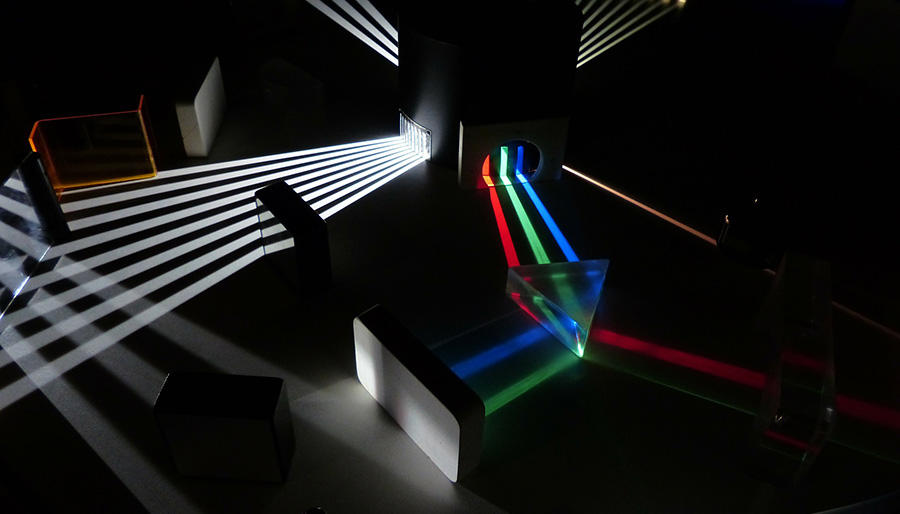
Photo: pixabay.com
Scientific explanations for apparitions often conflict with paranormal theories. For instance, the common claim is that an apparition can pass through a wall. In order to do this, they would have to be non-physical, but if apparitions are not composed of organic matter like living humans, then their interaction with light, air, or electromagnetic fields would be impossible under current scientific understanding. Ghosts seemingly have the ability to pass through walls while interacting with the floor to make audible footsteps or interacting with light to make it visible.
For any object to be visible, light must reflect off its surface and enter the observer's eyes. This principle holds true for everything we see, including the alleged sightings of ghosts. If a ghost is visible, it logically follows that it must reflect light. If ghosts reflect light, as suggested by their visibility, they should also block light and potentially cast shadows. If we consider reports of shadow figures, then this holds true, as these sightings suggest an absence of light, indicating that apparitions do block and reflect light like any other object.
The use of infrared cameras in paranormal investigations further suggests that apparitions must reflect light. Night vision technology, commonly used in paranormal investigations, compensates for the human inability to see in the dark by emitting infrared light, which is invisible to the naked eye. This light then reflects off surfaces and is captured by the camera's sensor. For a ghost to be visible to the camera, it must reflect the infrared light back into the camera's lens.
All this challenges the idea that ghosts are non-physical and don't interact with the physical world, but perhaps this contradiction could be resolved if we could demonstrate that rather than reflecting light, apparitions generate their own electromagnetic energy, which includes visible and infrared light. This could theoretically mean that they retain their non-physical properties while also making them visible to an observer or a night vision camera.
This concept would allow ghosts to be visible without reflecting external light sources and could explain their ability to pass through solid objects. If true, ghosts should be detectable in total darkness by cameras capable of capturing their self-emitted light.
The biggest problem with this idea is the principle of energy conservation, which suggests that energy cannot be created or destroyed but can only be transformed. To emit light, an object must produce its own light source, requiring energy. This raises questions about the energy source that would be required for a ghost to emit light. Furthermore, the complexity of generating the full spectrum of light, as required for a ghost to appear in full colour, is scientifically implausible given our current understanding of light and energy.
There are several other theories within the paranormal field that attempt to explain apparitions. One highly speculative theory is the idea that apparitions could be visions crossing over from parallel dimensions. While the many-worlds interpretation of quantum mechanics hints at the possible existence of multiple realities, it remains a theoretical concept with no evidence to support any kind of interaction between these parallel universes.
An intriguing area of speculation questions whether these figures might be perceived through a form of psychic ability, even if the observer is not consciously aware of possessing such abilities. This theory could offer an explanation for why certain individuals seem more prone to witnessing ghosts than others, suggesting that their sensitivity to psychic phenomena allows them to perceive these apparitions. However, this theory presents a challenge when considering apparitions witnessed by multiple observers simultaneously. If these sightings are the result of individual psychic abilities, it would be difficult to explain how multiple people could share the exact same psychic perception at the same time.
Despite scientific debates, the personal experiences of those who claim to have encountered apparitions cannot be overlooked. Whether these experiences are physical entities, in the mind of the observer, or something truly beyond our current understanding, they are undeniably real to those who experience them.
More Essential Parapsychology
See All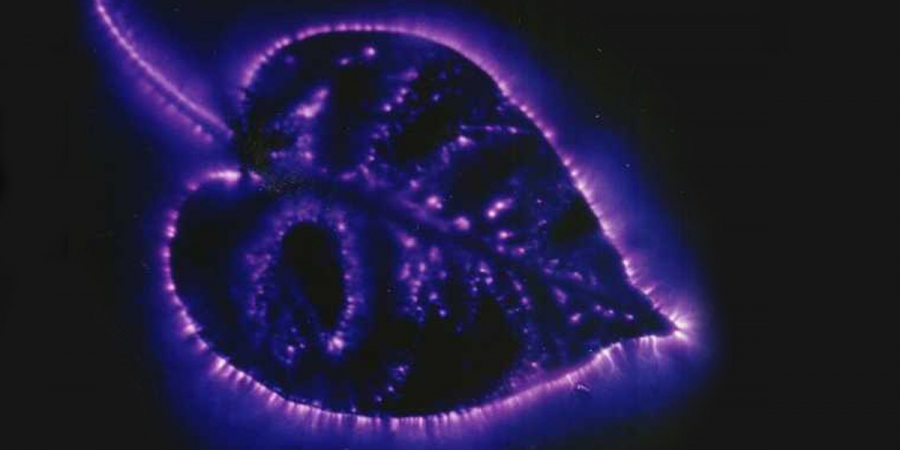
ArrayOctober 11, 2024
The Reality Behind Kirlian Photography’s Glowing Auras

ArrayOctober 07, 2024
Could Retroactive Psychokinesis Allow Us To Influence The Past?

ArrayOctober 05, 2024
What Spontaneous Cases Are & Why Parapsychologists Research Them
Learn With Higgypop
Hosted by Paralearning in association with Higgypop, these courses on ghost hunting, paranormal investigations, and occult practices draw on the experience of our team of paranormal writers.
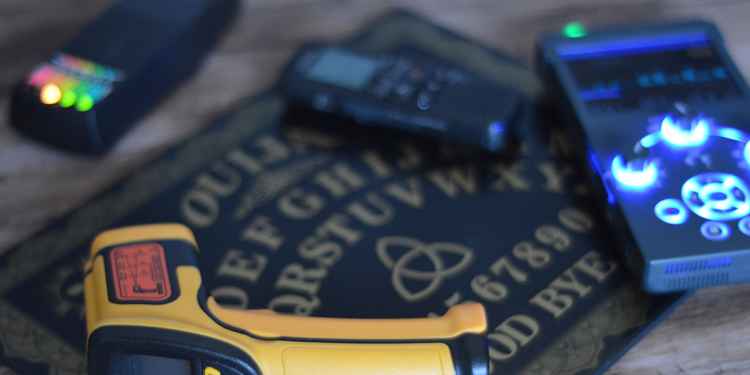
Diploma In Practical Ghost Hunting & Scientific Analysis
This course gives you practical and useful knowledge of ghost hunting and paranormal research, which is invaluable when conducting your own paranormal investigations or as part of a group event.
View Course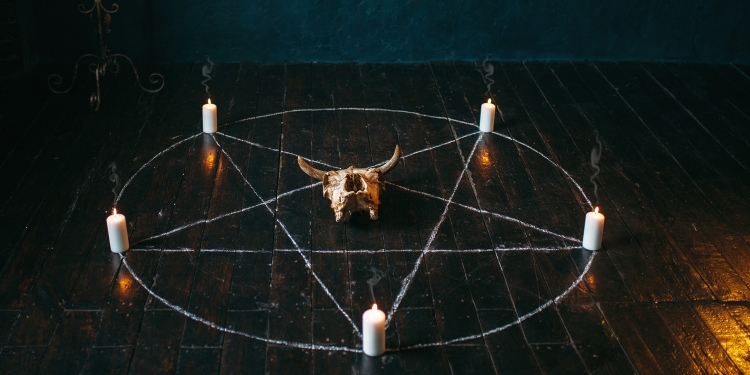
Diploma In Modern Demonology For Paranormal Investigators
This course gives you practical and useful knowledge of ghost hunting and paranormal research, which is invaluable when conducting your own paranormal investigations or as part of a group event.
View CourseMore Like This
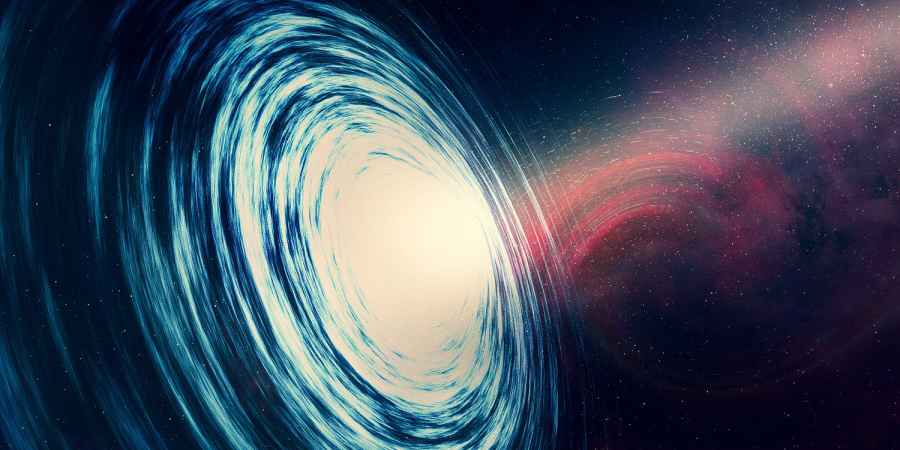
ScienceMarch 10, 2025
What Ghost Hunters Mean When They Talk About Dimensions
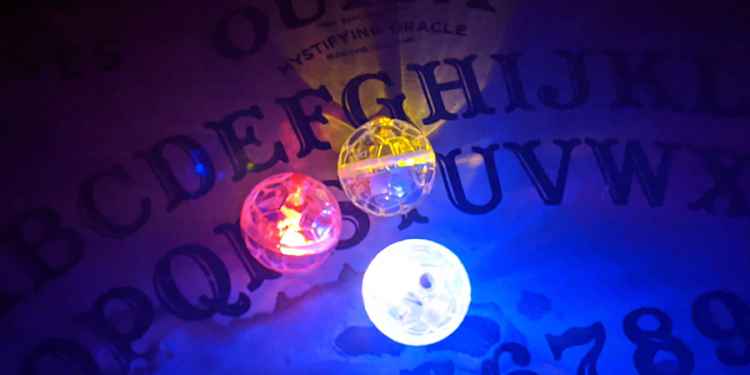
Ghost HuntingJanuary 26, 2025
These Are The Ghost Hunting Gadgets You Should Avoid If You Want To Be Taken Seriously As An Investigator
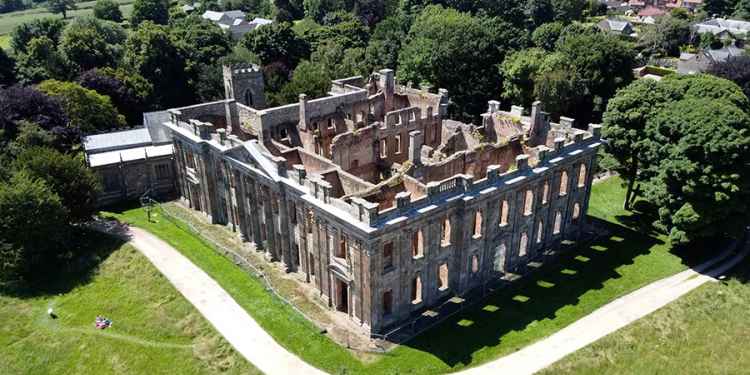
Haunted BritainDecember 25, 2024
2024's Most Popular Paranormal Hotspots In The UK
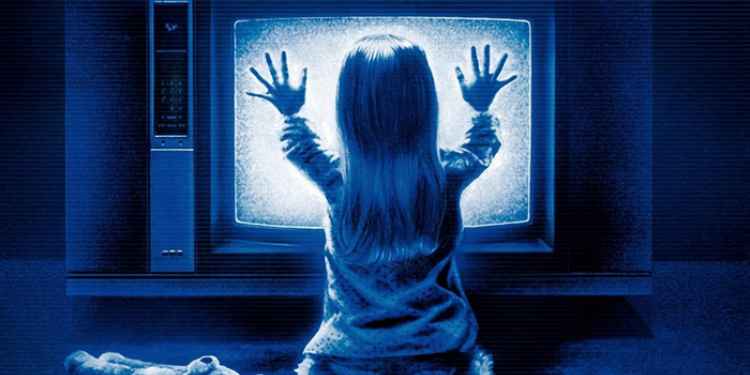
GamesDecember 09, 2024
Poltergeist Quiz
 See More on Audible
See More on Audible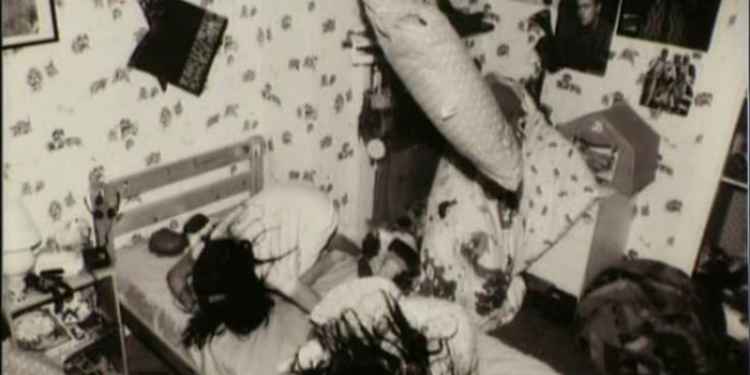

Comments
Want To Join The Conversation?
Sign in or create an account to leave a comment.
Sign In
Create Account
Account Settings
Be the first to comment.